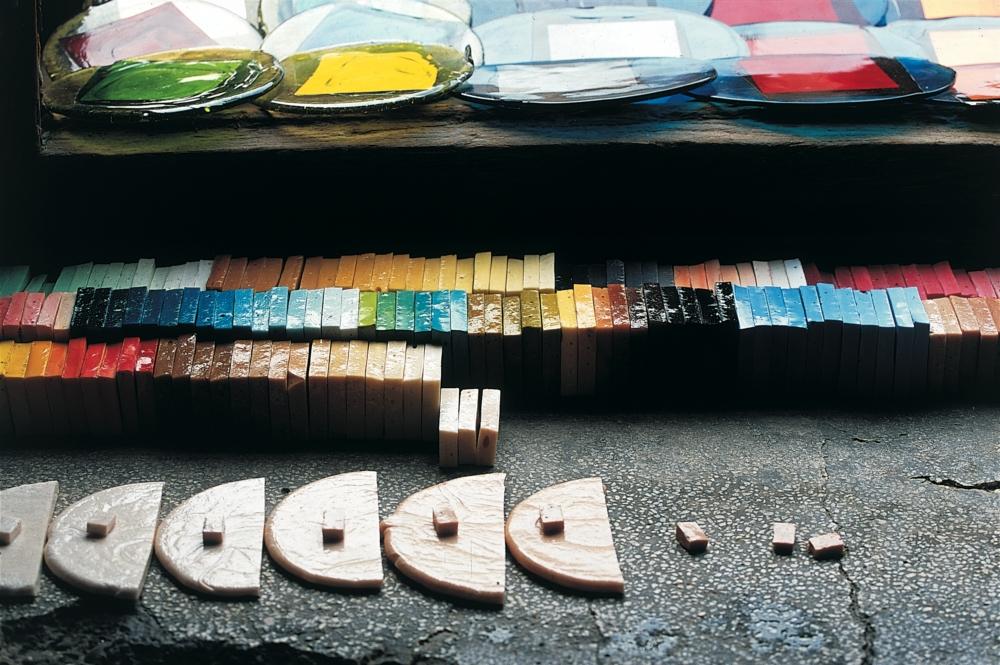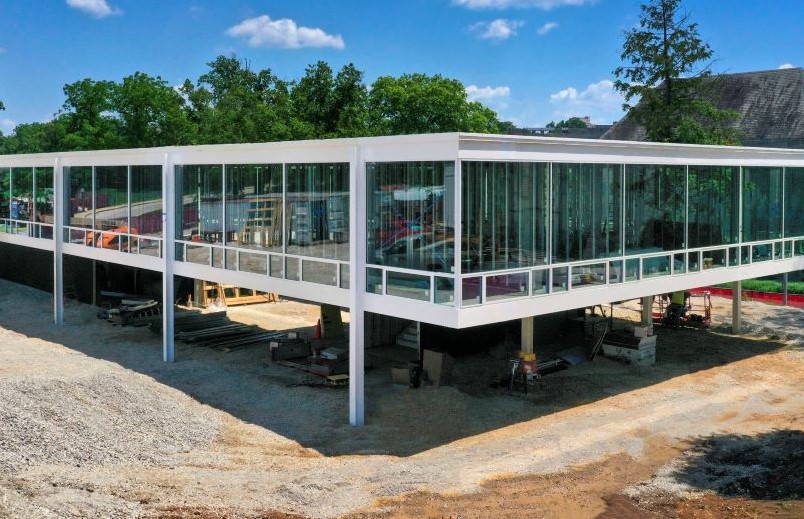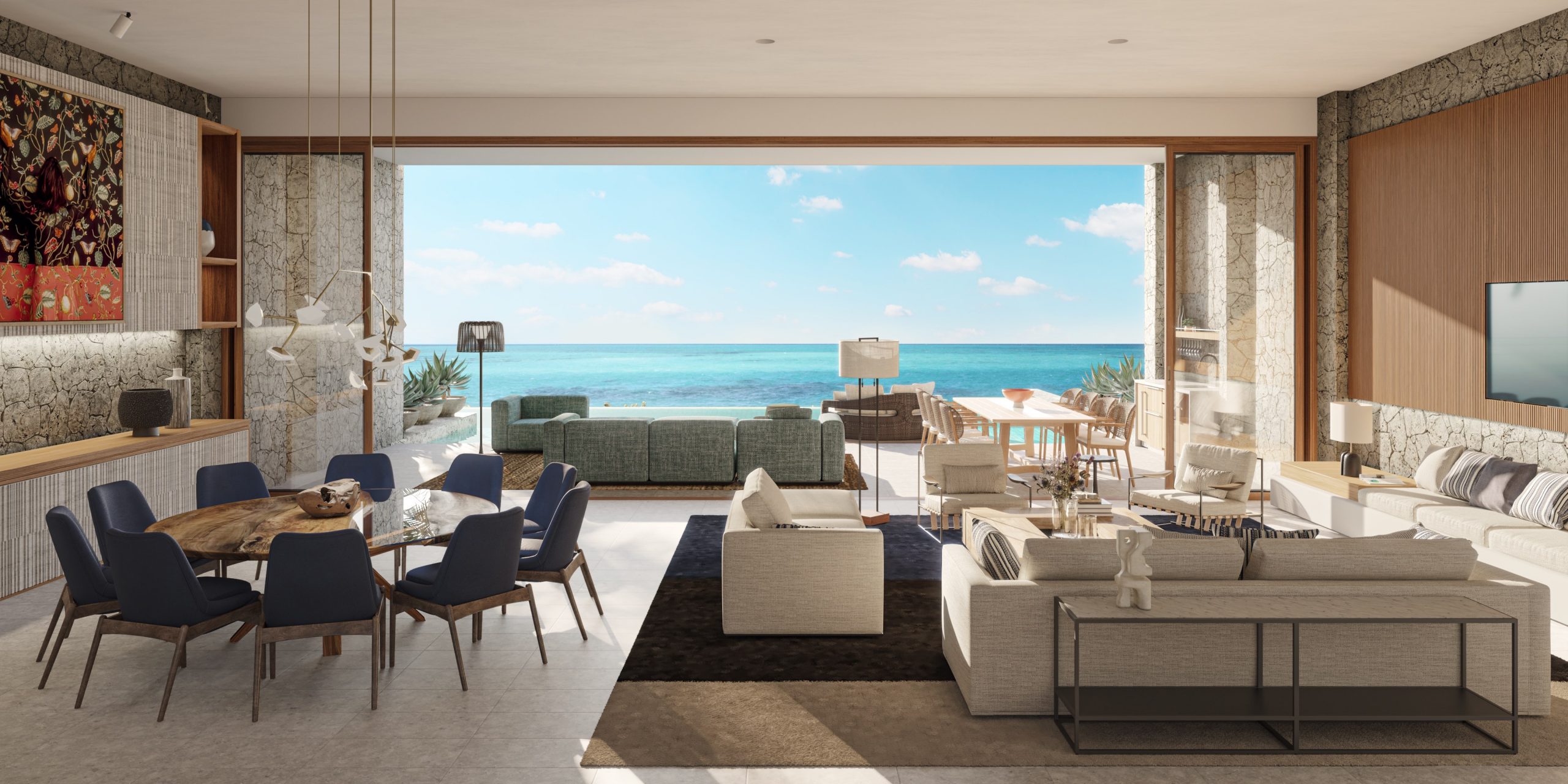When it came time in 2005 for veteran mosaic artist Julie Richey to get serious about her work in glass, she headed off to the Sestiere di Cannaregio in Venice and the Domus Orsoni.
There she found a remodeled and redesigned foundry that still produces smalti, or enameled glass, the same way it did a century ago. But Lucio Orsoni was now opening up his family’s generations-old home, process and materials to students of mosaic from around the world. He offered a studio for weeklong classes, five bedrooms for a B &B, a salon and breakfast area, a first-floor gallery and conference area, and a key to the front door.
Besides the freedom to come and go as she pleased, Julie had 24-hour access to the studio and a fantastic, color-infused array of materials with which to work.
“They make the glass out of silicon sand, minerals and pigments right there in the foundry,” she sas. “Every mineral fires differently. The kilns are always firing and the conveyer belt is 300 feet long. It gives off a pure color that’s very rare. And then you have the entire Orsoni palette, including all the gold you want, at your fingertips.”
Working alongside a group of friends as well as mothers, housewives and soccer moms taking a week off to feed their artistic development, she became enamored of the entire Orsoni state of grace.
She returned in October last year, to win the much-coveted 2009 Orsoni Award for Mosaic.
“It’s a wall relief – a shirt that’s 32 inches tall, 21 inches wide and 2 and a half inches deep,” she says. “It looks like a man’s nightgown or a draped shirt. It won for the use of materials in a unique way to create the mosaic.”
Indeed. The shirt’s motif was modeled after one of her husband’s cast-offs and inspired by her vision of the San Francisco skyline years ago, when Lucio Orsoni came to speak at a mosaic conference. “It’s San Francisco at night,” she says. “I carried it around in my head for years.”
Its form is a panel of Styrofoam, skim-coated with Thinset and fiberglass mesh, with aluminum mesh for the collar, all gauzed over with Plaster of Paris. “I laid the glass in on top of that, packing in the pieces next to each other,” she says. “When all that dries, you have a concrete form but a lightweight exterior.”
It’s neither the largest or smallest work for the artist who’s been practicing with glass, stone and marble in kitchens, baths and fireplaces for 20 years. Her smallest is a 2-inch by 2-inch micro-mosaic of the Venice skyline, and her largest is in the Dallas/Fort Worth airport’s Terminal D, where she recently installed a 320-square-foot floor mosaic in Italian glass called “Opus Romano.”
But it’s the courses at Domus Orsoni that are calling her name most often these days. “There’s a three-day class, a two week portraiture class, and a micro-mosaic class where you pull your own glass – you melt it yourself with a blowtorch, and pull it out in threads with a pair of pliers,” she says. “Then you embed them vertically.”
And she’s going to bring a group back with her next time.
For more, go here.



